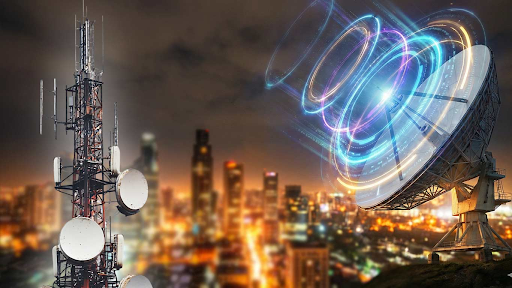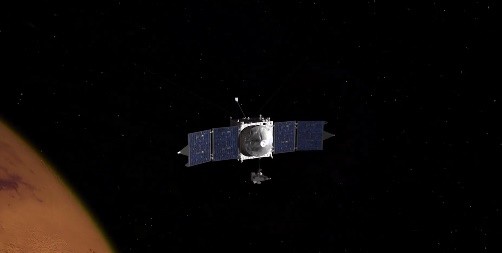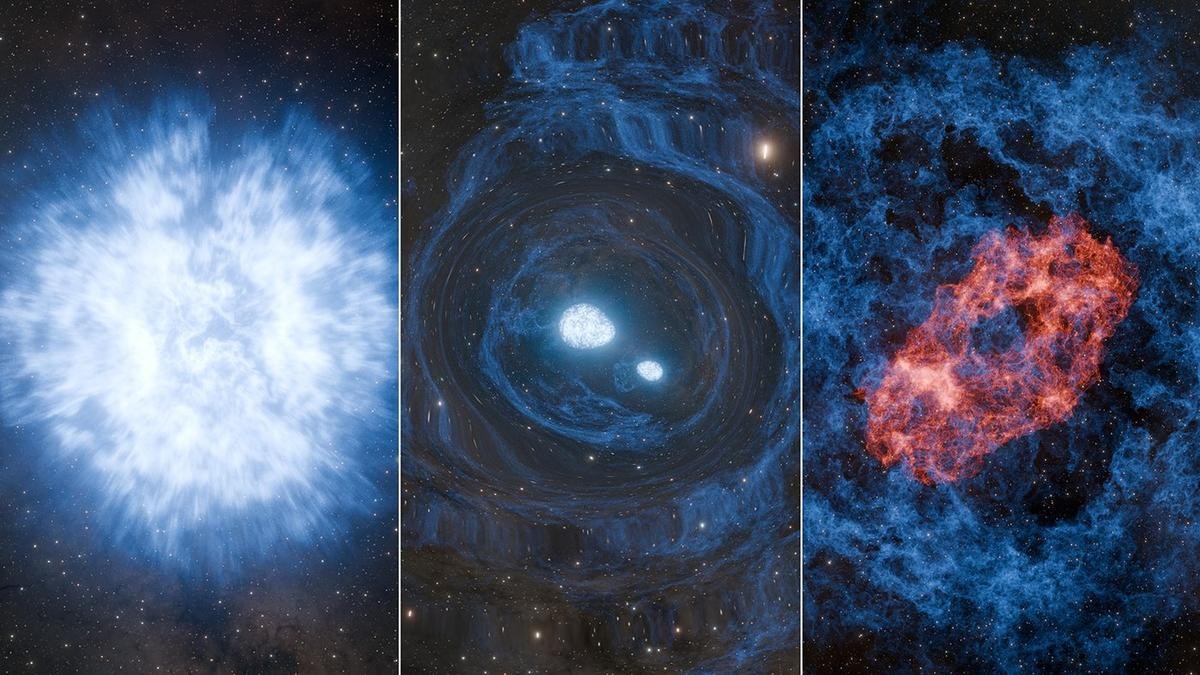



Rice University discovers bacteria generating electricity via extracellular respiration, using naphthoquinones to transfer electrons. These microbes power microbial fuel cells, converting waste into energy, aiding bioremediation, and enabling bioelectronic sensors. This breakthrough promises sustainable energy, pollution control, and applications in space exploration, revolutionising biotechnology.

Copyright infringement not intended
Picture Courtesy: NDTV
Context:
Scientists have discovered bacteria that generate electricity through extracellular respiration.
Scientists at Rice University discovered that certain bacteria can "breathe" electricity instead of oxygen. This process, called extracellular respiration, helps them survive in places with no oxygen—like deep-sea vents or even human gut.
Normally, living beings (including humans) need oxygen to break down food and produce energy. But these bacteria use extracellular electron transfer (EET)—they push electrons out of their cells onto surfaces (like metals), creating an electric current.
Renewable Energy from Waste
Fighting Climate Change
Bioremediation (Cleaning Pollution)
Bioelectronic Sensors
Future Possibilities
Self-Powered Waste Treatment: Factories could clean wastewater while generating electricity.
Space Exploration: These bacteria could help sustain life in oxygen-poor environments like Mars.
Carbon-Neutral Energy: If scaled up, they could provide a new form of green electricity.
This discovery opens doors for sustainable energy, pollution control, and advanced biotech. Instead of relying on fossil fuels, we might soon harness living batteries—tiny bacteria that breathe electricity.
Source:
|
PRACTICE QUESTION Q. The extracellular respiration process mediated by naphthoquinones allows bacteria to perform which of the following functions without the presence of oxygen? 1. Breaking down food 2. Generating energy 3. Synthesizing cell wall materials Which of the functions given above is/are directly enabled by this process according to the sources? A) 1 only B) 2 only C) 1 and 2 D) 1, 2 and 3 Answer: B Explanation: The extracellular respiration process mediated by naphthoquinones enables bacteria to generate energy in the absence of oxygen. This is achieved through extracellular electron transfer (EET), where naphthoquinones act as electron shuttles, allowing bacteria to maintain redox balance and produce energy without relying on oxygen as the terminal electron acceptor. While this process supports energy generation, it does not directly involve the breakdown of food (i.e., the initial stages of metabolism) or the synthesis of cell wall materials. These functions are part of other metabolic pathways and are not directly enabled by naphthoquinone-mediated extracellular respiration. |









© 2026 iasgyan. All right reserved